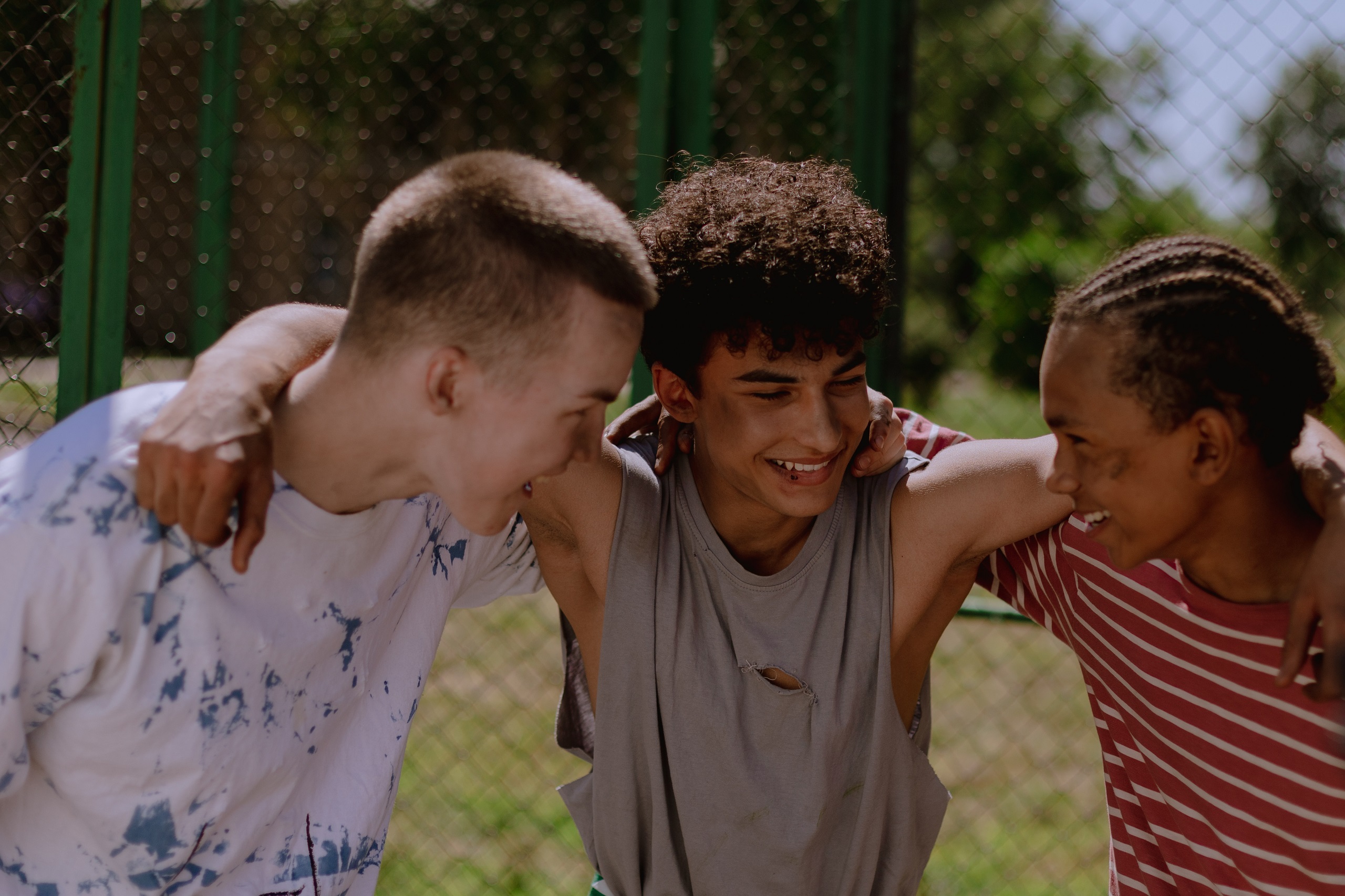
- 0 Comments
- Constantina Constantinou
The impact of Friendship Quality on Adolescent wellbeing
Friendship plays a significant role in shaping the lives of adolescents, influencing their behavior and overall wellbeing. The quality of friendships, encompassing aspects like companionship, trust, closeness, intimacy, and conflicts, holds immense importance during this critical developmental stage. But how does friendship quality affect the mental wellbeing of adolescents?
Τhe systematic review of Alsannari et al (2023) delves into this question. The authors conducted an extensive search for peer-reviewed quantitative studies on five major databases between January 2000 and August 2022. These studies explored the link between friendship quality and six subjective wellbeing constructs: mood, loneliness, life satisfaction, happiness, self-esteem, and overall subjective wellbeing.43 articles were included in this study. The findings are illuminating:
- Friendship quality is closely tied to depression, with 18 out of 23 studies showing a beneficial association.
- Poor peer relationships are linked to loneliness, as demonstrated in nine out of ten studies.
- Life satisfaction and quality of peer connections consistently share a positive association across all seven relevant studies.
- Five studies reveal that better peer relationships lead to increased happiness.
- A positive relationship between friendship quality and self-esteem is evident in five out of six applicable studies.
- Subjective wellbeing is consistently enhanced by friendship quality, as observed in all five included studies.
While most of these studies are cross-sectional, the evidence is compelling. It underscores the pivotal role of healthy friendships in the subjective wellbeing of adolescents. Therefore, interventions aiming to boost the subjective wellbeing of adolescents should prioritize the development and nurturing of positive and supportive friendships.
The goal of this action plan is to leverage the insights from the systematic review, “The Impact of Friendship Quality on Adolescent Wellbeing,” to create actionable steps for improving the subjective wellbeing of adolescents through the promotion of healthy friendships.
- Awareness and Education:
- Develop educational materials for parents, educators, and adolescents themselves on the importance of friendship quality for mental wellbeing.
- Disseminate these materials through schools, community centers, and online platforms.
- School-Based Programs:
- Collaborate with schools to integrate friendship and mental health education into the curriculum.
- Establish peer support programs where older students can mentor younger ones on building positive friendships.
- Parent Workshops:
- Organize workshops for parents to help them understand the role of friendship in their child’s wellbeing.
- Offer guidance on fostering healthy friendships and recognizing signs of friendship-related issues.
- Peer Support Groups:
- Create safe spaces within schools or communities where adolescents can openly discuss friendship challenges and receive support from peers.
- Train facilitators, such as counselors or older students, to lead these groups.
- Online Resources:
- Develop a website or app that provides resources, articles, and interactive tools to help adolescents assess and improve their friendship quality.
- Include a forum or chat for peer support.
- Mental Health Screenings:
- Incorporate regular mental health screenings in schools, focusing on aspects related to friendship and social connectedness.
- Provide appropriate interventions or counseling for those in need.
- Community Engagement:
- Organize community events that promote positive social interactions among adolescents, such as group activities, sports, or volunteering opportunities.
- Encourage parents and community members to get involved.
- Parent-Teacher Collaboration:
- Facilitate ongoing communication between parents and teachers to identify and address friendship-related issues early.
- Create a support network that involves both home and school environments.
- Research and Evaluation:
- Encourage further research to understand evolving friendship dynamics in the digital age.
- Evaluate the effectiveness of interventions and make necessary adjustments based on feedback and outcomes.
- Promotion and Advocacy:
- Launch a social media campaign to raise awareness of the importance of friendship quality for adolescent wellbeing.
- Advocate for policy changes that prioritize mental health and social support within educational institutions.
By implementing this action plan, we can harness the insights from the systematic review to empower adolescents to cultivate positive friendships, ultimately enhancing their subjective wellbeing and mental health. Together, we can create a supportive environment where young individuals thrive emotionally and socially.





